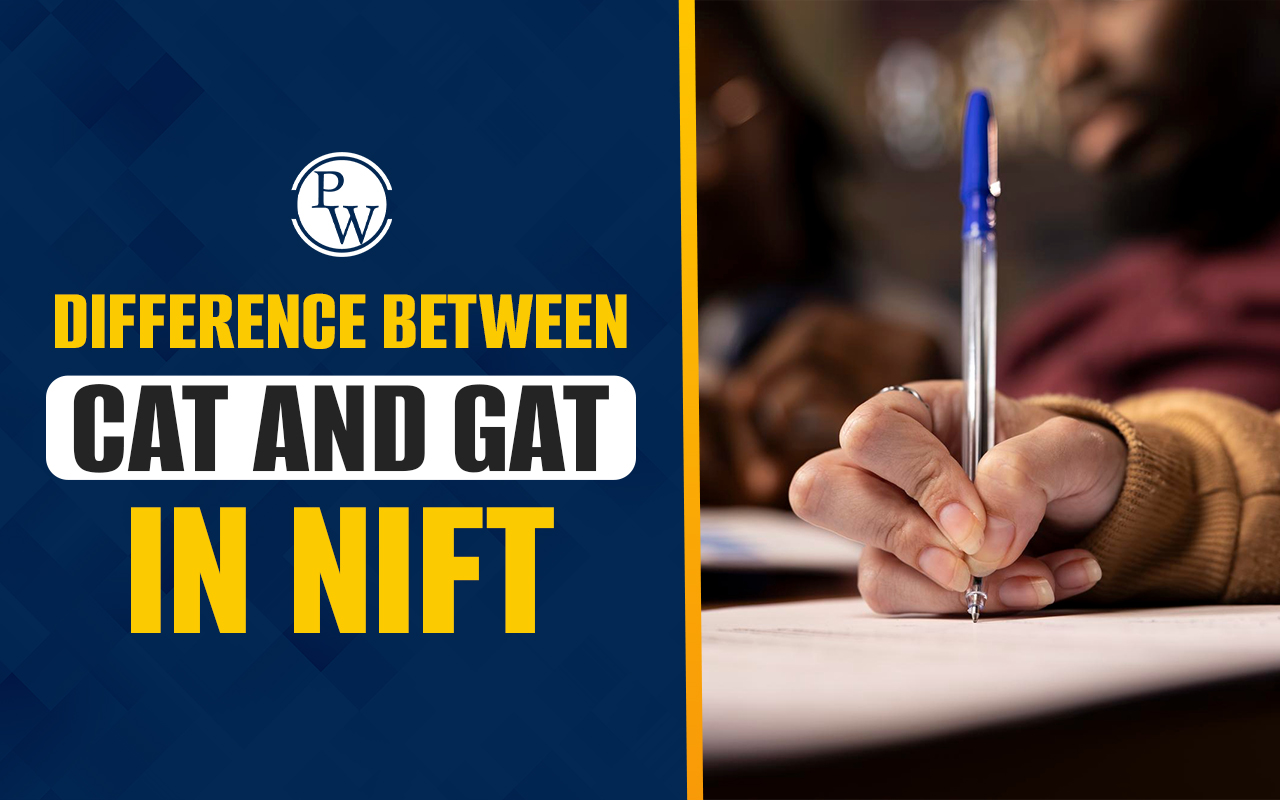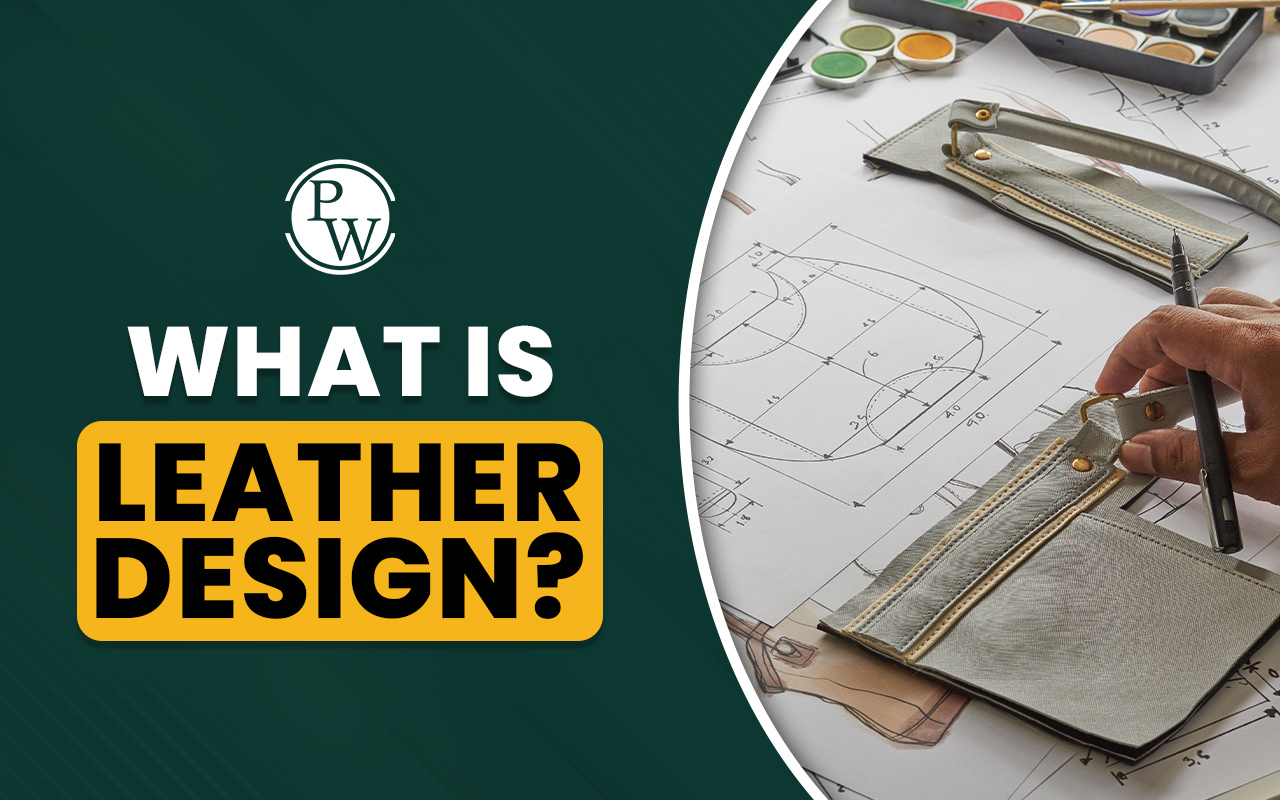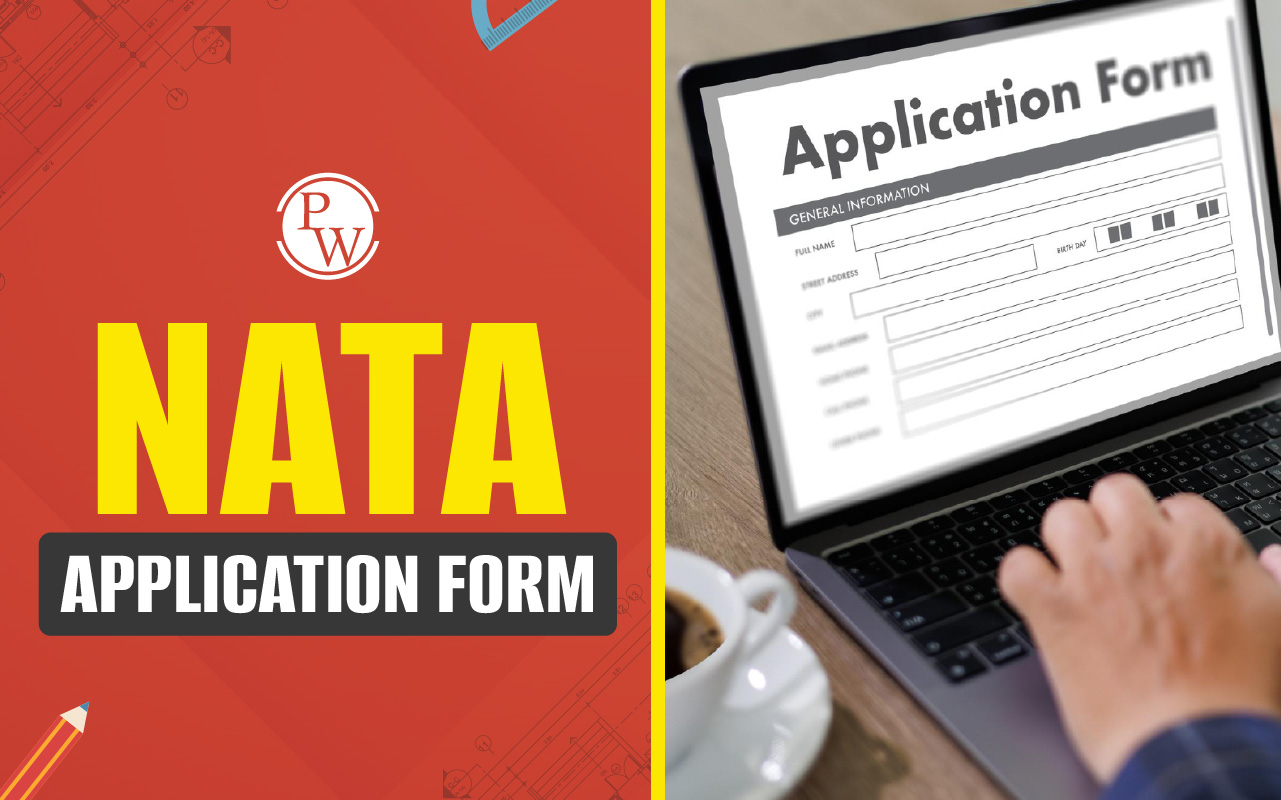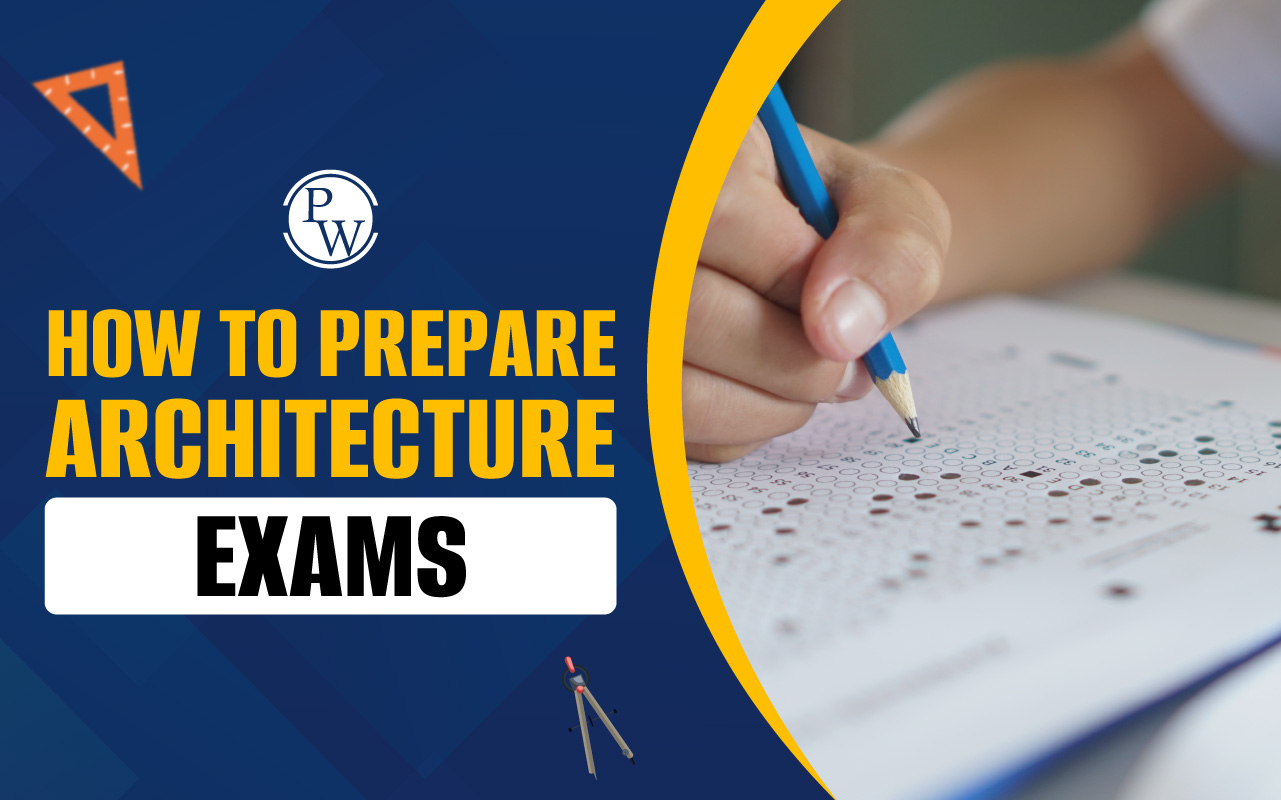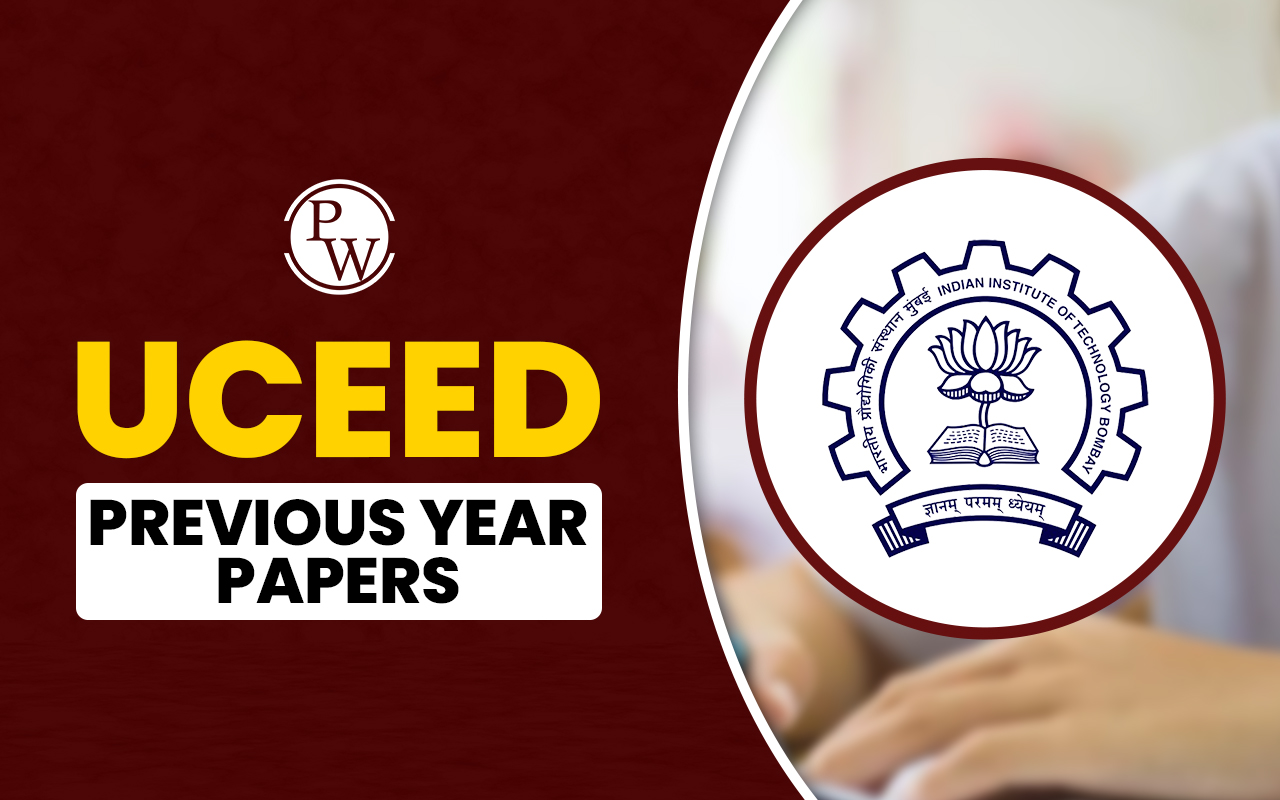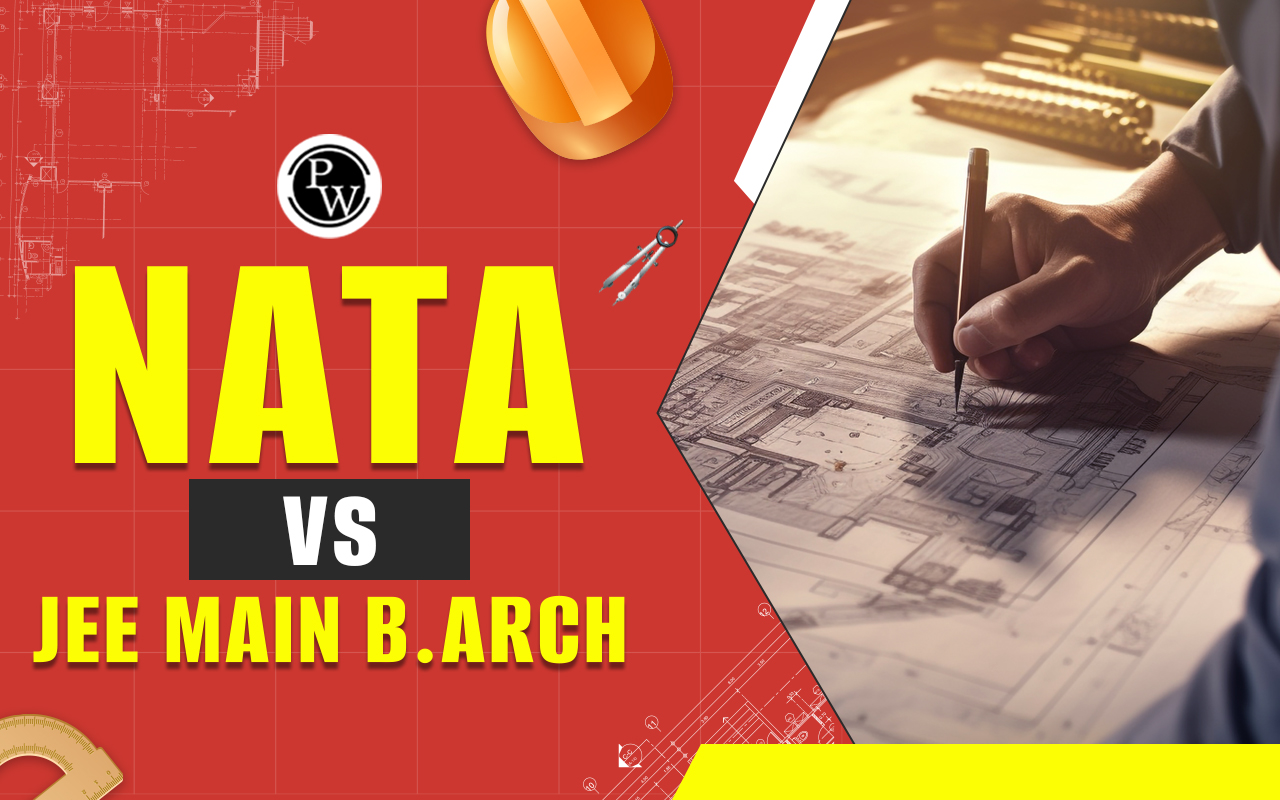
NATA Drawing Questions 2025: The NATA Drawing Section 2025 is a crucial section in the NATA 2025 entrance exam. As per NATA exam pattern, Part A consist of a drawing and composition test. It includes questions on freehand sketching, 2D/3D representations, perspective drawing, and the application of shading techniques. To do well in the NATA drawing questions 2025, candidates must understand basic geometric shapes and practice real-life sketches.
NATA Drawing Section 2025 Overview
The Drawing section of NATA 2025 assesses a candidate's ability to visualize and create designs, testing their creativity, drawing skills, and spatial awareness. It includes composition and color test, sketching and composition (Black & White), and 3D composition. Candidates are required to demonstrate skills in sketching, perspective, and basic geometry, along with an understanding of proportions and shading. NATA Drawing Section 2025 is crucial for architecture aspirants, as it evaluates how well they can translate ideas into visual forms, which is essential for architectural design. The drawing test is usually conducted in a pen-and-paper format and carries significant weightage in the NATA 2025 exam.Syllabus for NATA Drawing Section 2025
The syllabus NATA Drawing Section 2025 focuses on evaluating a candidate’s drawing and visualization skills, creativity, and spatial understanding. It includes exercises that assess the ability to represent 2D and 3D objects, perspective drawing, and freehand sketching. Candidates are tested on their grasp of proportions, shapes, and their ability to convey ideas clearly through drawings. The section also includes tasks that require the application of basic geometric principles and shading techniques. Some of the key areas of focus for the NATA Drawing Section 2025 include the following.- Understanding of geometric composition, shape, building forms and elements, proportion of objects, aesthetics, contrast, harmony, and colour texture.
- Visualization and conceptualization through structuring objects in memory.
- Geometric and Abstract Drawing Patterns
- Form transformations in 2D and 3D like rotation, surfaces, volumes, union, and subtraction.
- 3D Visualization of Objects, Generating plan, and elevation.
- Creating 2-D and 3-D compositions using given shapes and forms.
- Sketching of urbanscape, perspective drawing, and landscape.
- Common day-to-day life objects like equipment, furniture, etc from memory.
How to Prepare for NATA Drawing Test?
Some preparation tips for the NATA Drawing Questions 2025 are as follows.- Regularly practice sketching objects, shapes, and scenes from real life to improve your accuracy, creativity, and speed. Focus on proportion, perspective, and detailing.
- Work on visualizing and drawing both 2D and 3D objects. Practice drawing cubes, spheres, and other basic geometric shapes from different angles.
- Enhance your shading skills by practicing light and shadow effects on various objects. Understanding how light interacts with objects will help improve the depth and realism of your sketches.
- Sketch real-world objects, landscapes, and architectural elements to develop a better sense of observation and detail.
- Utilize reference materials like images, photos, and real objects for accurate drawing practice. This will help improve the realism of your sketches.
- Simulate exam conditions by practicing drawing within a set time limit. This will help improve your speed and efficiency while maintaining quality.
- Develop a strong sense of spatial understanding by practicing perspective drawings. Work on both one-point and two-point perspectives to master the technique of drawing objects in a three-dimensional space.
- Analyze and replicate architectural drawings to understand structure and composition. This will help you relate your sketches to real-world design concepts.
How to Attempt NATA Drawing Questions 2025?
To effectively attempt the NATA Drawing Questions 2025, candidates can incorporate the following process.- Carefully read the drawing question to understand what is being asked. Identify key elements like perspective, proportions, or specific objects that need to be drawn.
- Break down complex objects into basic geometric shapes (e.g., cubes, spheres, cylinders). This will help structure your drawing and maintain accurate proportions.
- Begin by lightly sketching the main outlines and shapes of the objects. This allows you to make adjustments before finalizing the details.
- Pay close attention to the relative sizes of objects and their placement in the drawing. Use guidelines if necessary to maintain proportion and symmetry.
- Ensure that you use the correct perspective (one-point, two-point, etc.) for any 3D objects. This is crucial for showing depth and space.
- Once the basic structure is in place, gradually add finer details, such as textures, patterns, or features. Avoid overloading the drawing with unnecessary details that might affect the overall clarity.
- Add shading to create depth and dimension. Consider the light source while shading to give your drawing a more realistic appearance. Use gradients for smooth transitions from light to dark areas.
- Once the basic structure and details are in place, use a darker pencil or pen to go over the final lines, making sure they are neat and clean.
- Before submitting, take a moment to check your work for any mistakes or areas that need improvement. Make final adjustments to enhance proportions, details, or shading.
Sample NATA Drawing Questions 2025
To farewell in the NATA drawing section 2025, candidates must focus on drawing techniques, including perspective, proportions, shading, and 3D visualization. Some sample questions are given below to assist in your NATA exam preparation.Question 1: Draw a simple two-point perspective of a cube. Show the front, side, and top views in your drawing.
Question 2: Sketch a scene from nature (e.g., a tree, a river, and a mountain) using appropriate shading to create depth and texture.
Question 3: Draw a still life arrangement with at least three objects, such as a glass, a bowl, and a fruit. Focus on proportions and use shading to depict light and shadow.
Question 4: Create a drawing of an interior space of a room, showcasing at least two pieces of furniture (e.g., a chair and a table) in a one-point perspective.
Question 5: Draw a side view of a staircase in a building. Indicate the steps and railing, and add shading to enhance depth.
Question 6: Illustrate the front elevation of a simple building with a door, windows, and a roof. Focus on symmetry and proportion.
Question 7: Sketch a scene depicting a street with buildings, trees, and pedestrians, maintaining proper perspective.
Question 8: Imagine you are walking on a street, draw this scene in one-point perspective

Question 9: Imagine you are a worm; you see a dog, a man, and a cycle at the corner of a street. Sketch what you see as a worm,

Question 10: Sketch a basic 3D structure (e.g., a pyramid, a cube, or a sphere) and shade it according to a light source. Show the realistic shadows and highlights.
NATA 2D Composition Questions
NATA 2D Composition questions assess a candidate’s ability to creatively arrange basic shapes, lines, and forms within a flat space to express a given theme or concept. These questions require the use of geometric shapes, lines (straight, curved, or zigzag), and sometimes color schemes to visually represent ideas such as emotions, objects, or actions. The tasks may include designing logos, patterns, or thematic compositions, focusing on principles like balance, rhythm, emphasis, and unity. The following are some 2D composition questions that are asked in NATA.
- Use the basic 2D shapes found in a bicycle and create an interesting 2D composition of your choice. Colour with any 3 colours of your choice.
- Depict ‘Speed’ using triangles and lines only. Use a suitable colour scheme for the topic.
- Using circles and lines, create a composition to depict ‘Focus’. Colour using any 4 colours of your choice.
- Make an interesting 2D composition with 5 playing cards using three colours only.
- Design a pattern using basic geometric shapes (e.g., square, hexagon, circle, triangle) for a saree border, to be repeated in a linear arrangement. Colour the pattern using any three colours of your choice.
NATA Drawing Questions 3D Composition
NATA 3D Composition drawing questions evaluate a candidate’s ability to creatively arrange and visualise basic three-dimensional shapes, such as cubes, cylinders, prisms, and cones, into balanced and visually appealing structures. Candidates should know the application of design principles like balance, symmetry, emphasis, rhythm, and unity, as well as the use of perspective, shading, and proportion to convey depth and stability. Here are some 3D composition questions for NATA.
- Draw a stable 3D composition with one pressure cooker, one tennis ball, and a juice glass.
- Prepare a stable 3D composition with one bowl, two spoons, and a napkin arranged on a table surface.
- Create an interesting sculpture using five used automobile tyres. Apply shade and shadows as viewed from one angle, with light falling from another angle.
- Draw a 3D stable composition of any four bathing materials.
- Create a 3D composition using four cylinders and one glass cuboid, ensuring balance, stability, and visual interest. Use proper shading and perspective to highlight form and depth.
|
Other Related Links |
|
| B.Arch Course (Bachelor of Architecture) | NATA 2025 Preparation, Check guidance on enhancing study strategies |
| Architecture Course Duration | How To Prepare For NATA In 6 Months? |
NATA Drawing Questions 2025 FAQs
How can I improve my drawing skills for NATA?
What type of questions are asked in the NATA Drawing section?
How long is the Drawing section in NATA 2025?
What is the passing marks for NATA drawing?
Does IIT accept NATA score?


